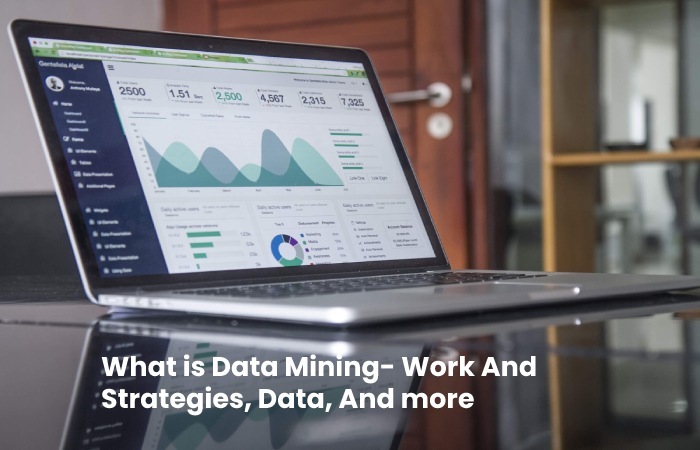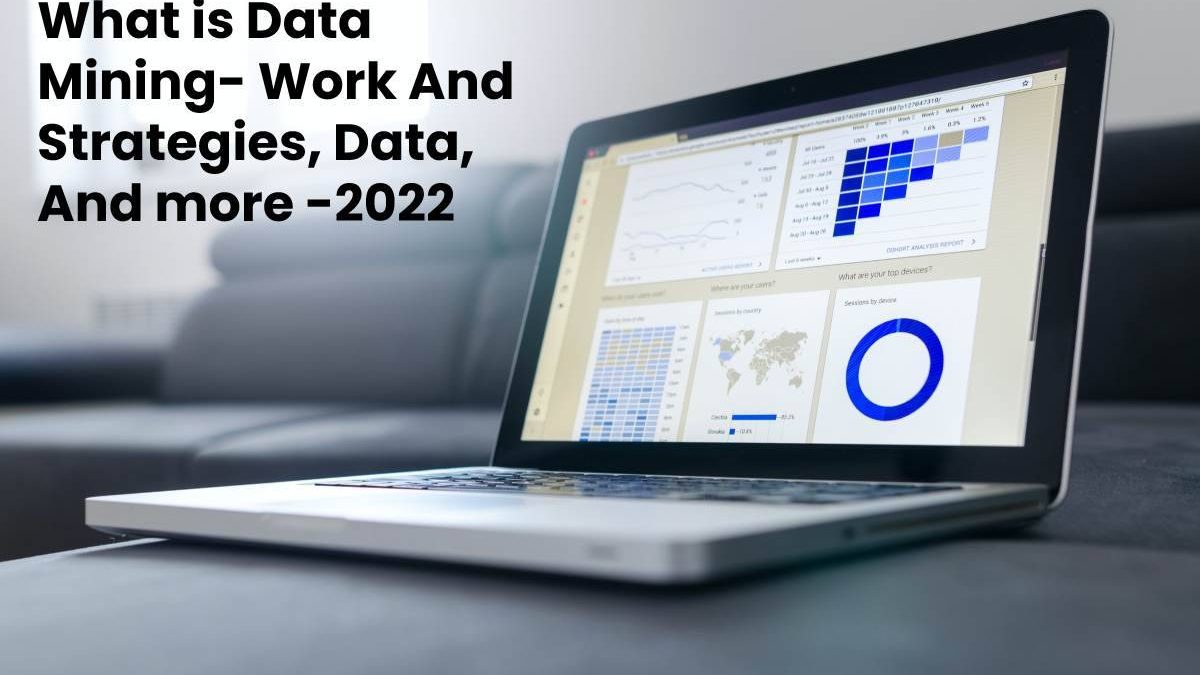Data mining is a big data technology, and any company uses this transformation data. To improve their operation. And also, data mining is helpful information in establishing. Relationship or identifying patterns. This information is convenient for marketing and customer relation. Departments that can understand their customers show better loyalty strategies

Table of Contents
How Does Data Mining Work And strategies?
And also recognize as Knowledge Discovery in Data can be defined as the fruition of Big Data Analytics. Predictive analytics, and data mining. It is, therefore. An essential component of significant data analysis sciences.
Data mining software is an analytical tool commonly used by data scientists to analyze the data in their possession. They make it possible to analyze large volumes of data from different angles to categorize them and then summarize the relationships identified. It can therefore also be defined as detecting correlations or patterns among several relational databases. it relies on sophisticated algorithms that assess future probabilities by segmenting the data.
Although data mining has only recently use. The technology it refers to is not that recent. Indeed, companies have been using powerful computers for years to analyze large volumes of data, mostly from consumer habits. This analysis allows companies to establish research reports on the different markets to increase their competitiveness. With the rise of Big Data, Which enables the analysis of large data sets, is more relevant than ever.
Data, Fundamental Elements Of Data Mining
It means numbers or text that a computer can process. Nowadays, companies accumulate impressive amounts of data daily, in different forms. Among the latter, it is possible to distinguish three categories of data:
- Transactional or operational data, which comes from sales, inventories, receipts, accounting, etc.;
- Non-operational data, from forecast data, macro-economic data or industrial sales;
- Metadata, which is data about the data itself.
Information From Data Analysis
Data mining allows you to analyze it from different angles to extract relationships, associations, and patterns that can provide valuable information. For example, it makes it possible to analyze data from point-of-sale transactions to distinguish which products are marketing best and at what time of day.
Data Mining Or When Data Turns Into Knowledge
Information from it analysis is convert into knowledge through it , which identifies future trends or historical patterns in large datasets. It is thus possible to know the typical reaction of a buyer to a product in a promotion product must be the subject of a promotion to sell at such time of the year. This knowledge comes directly from analyzing the data generated by the point of sale under the prism of data mining.
What Is Data Mining Used For Marketing And Finance Sectors?
Data mining software is mainly use by companies focus on consumer behavior, namely in the retail, communication, marketing and finance sectors. These techniques are also used in different research areas, such as cybernetics, genetics, mathematics, etc.
With the contribution of it , companies can determine relationships between internal factors (example: the positioning of a product, prices, employee skills, etc.). And external factors such as competition, economic indicators, consumer information and other demographic data.
Concretely. It allows a retailer to use data from customer purchases at the point of sale to find out which promotions are likely to interest consumers based on each customer’s purchase history.
Recruitment professionals also use it tools to identify employees whose most relevant profiles to their company. The data collect online makes it possible to determine the level of production and satisfaction of a candidate to recruit the one who will be the most in tune with the position offer.
Conclusion
Data mining is extracting and discovering patterns in large data sets involving methods at the intersection of machine learning, statistics, and database systems.

